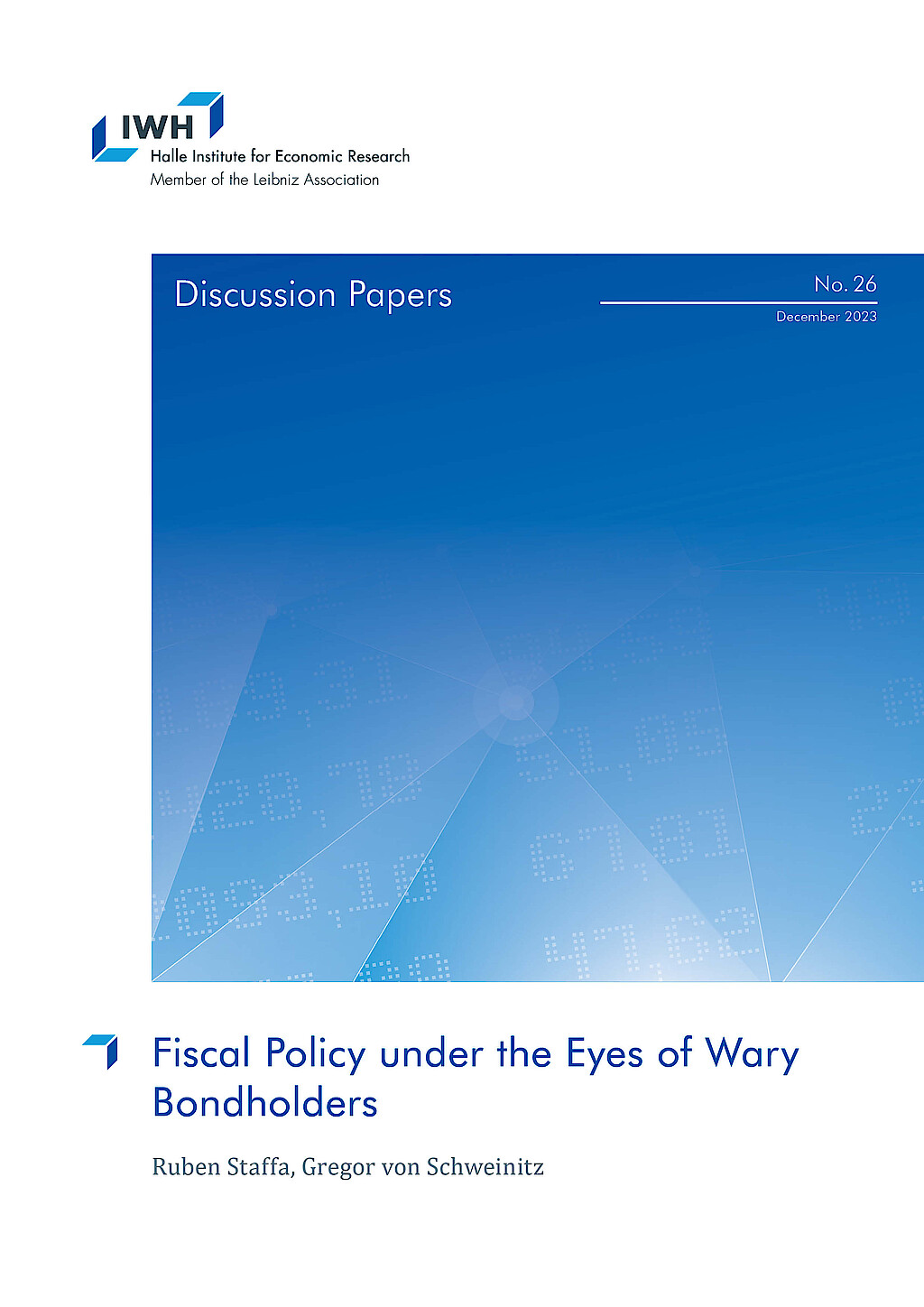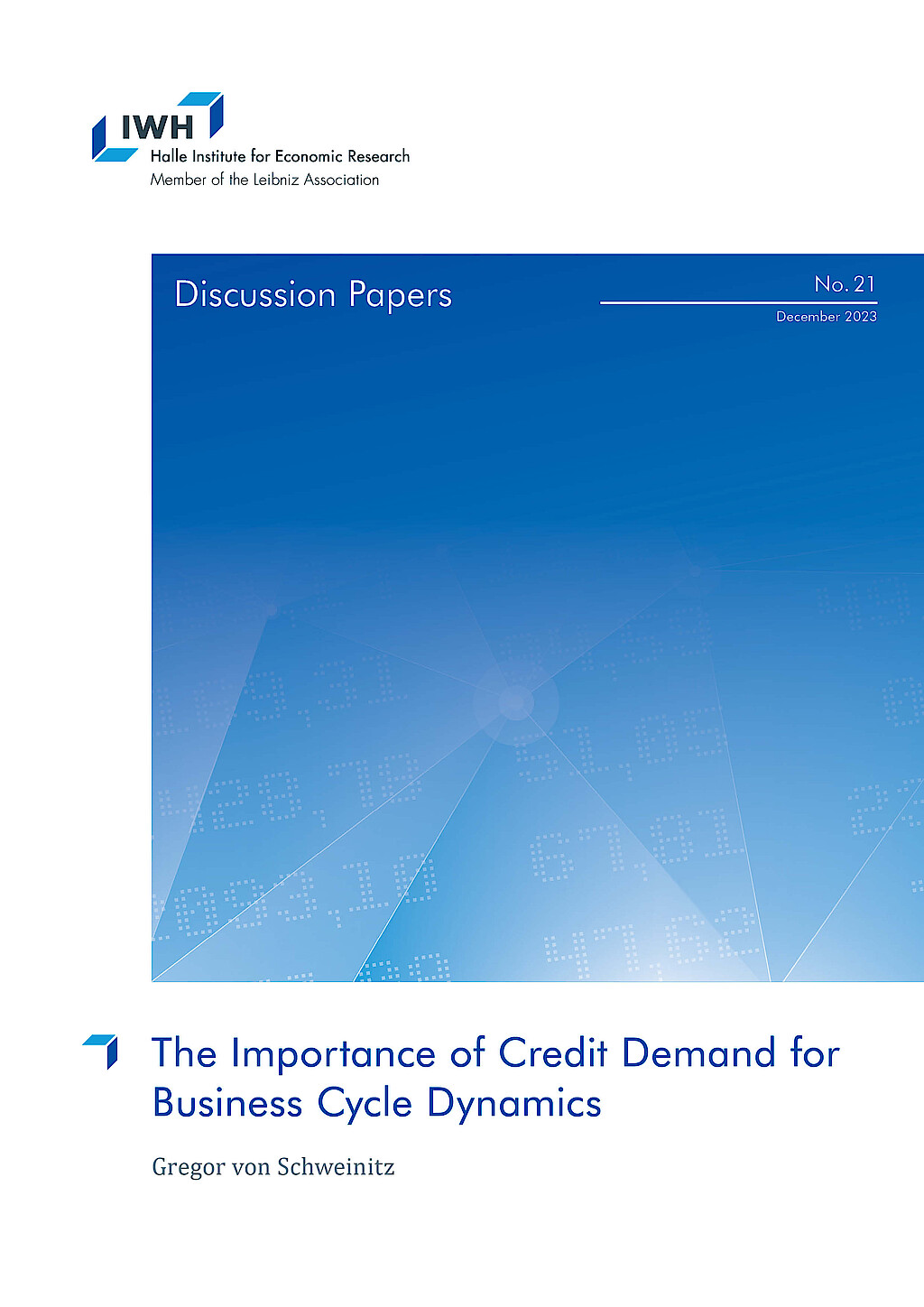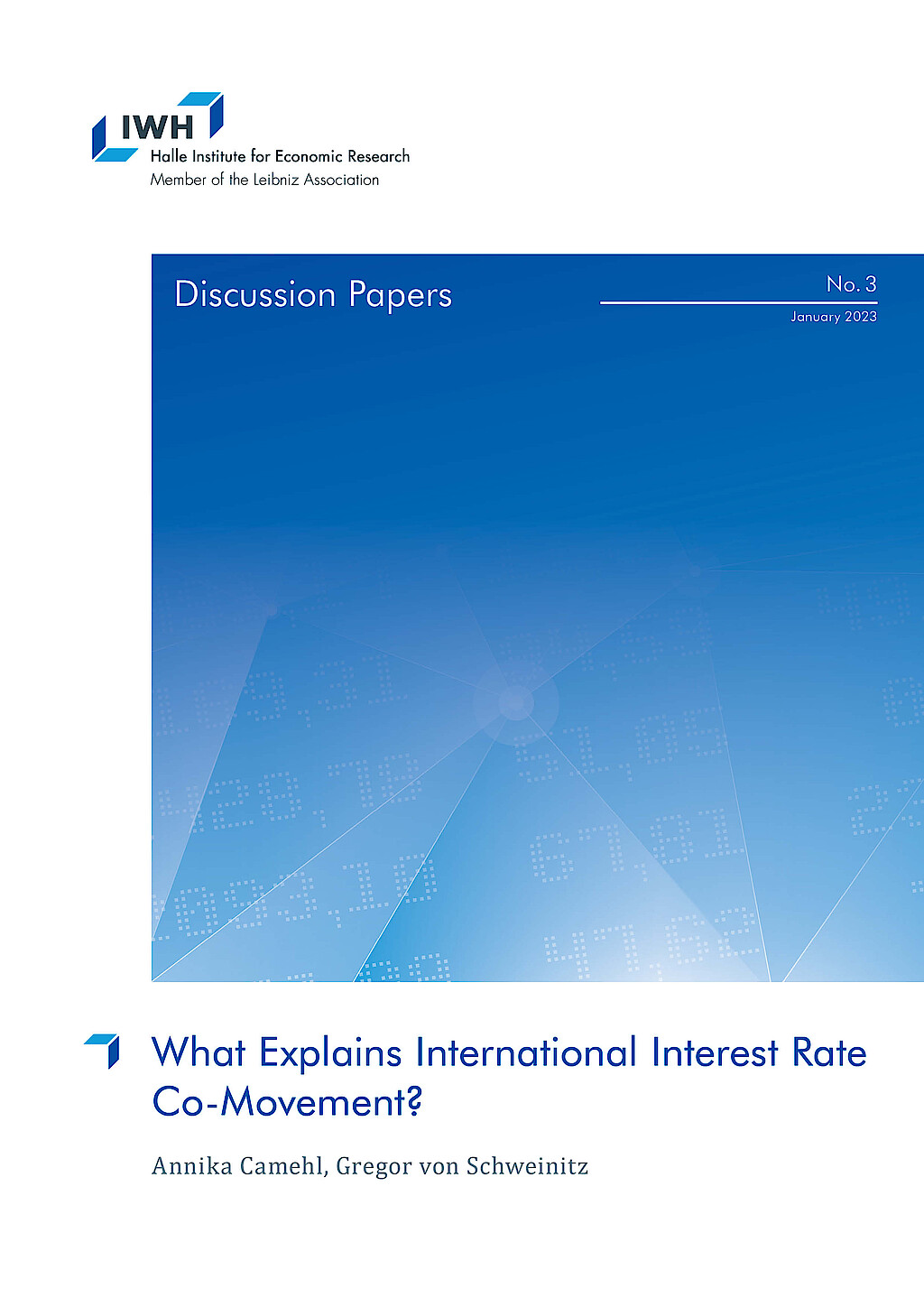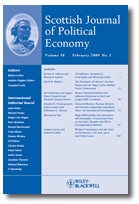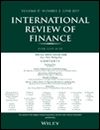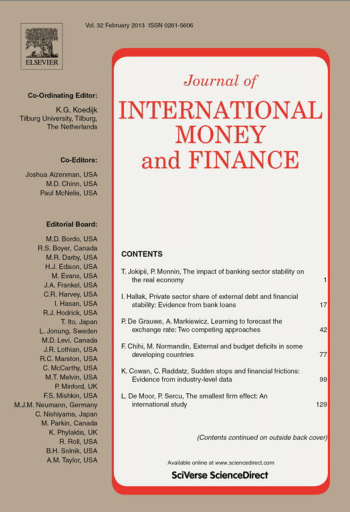Professor Dr Gregor von Schweinitz

Current Position
since 9/24
Research Professor
Halle Institute for Economic Research (IWH) – Member of the Leibniz Association
since 9/24
Associate Professor in Economics
Corvinus University
Research Interests
- dynamic macroeconomics
- European and international economic policy: in particular financial crises
- risk modelling and analysis


